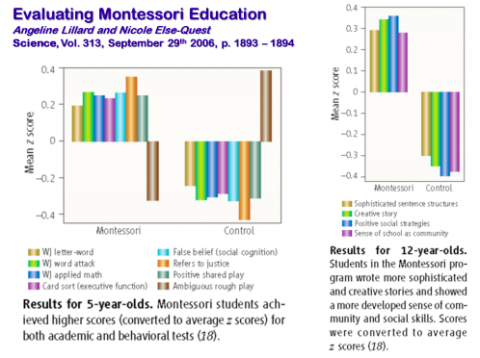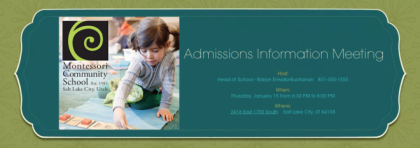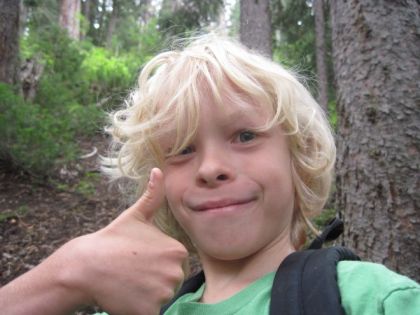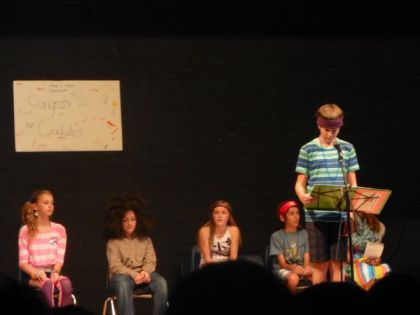Home – The Montessori Frontier
There are many parts to a Montessori education. There certainly is the beautiful materials that add so much to the enjoyment of learning. There is the educational philosophy that goes along with the materials. There is also the part that looks at your child’s gifts and abilities but the most crucial part of a Montessori education is the part that nurtures and helps transform your child into a successful adult. Ultimately, Montessori is a philosophy of life, of a way to approach the challenges and blessings.
If you love what Montessori does for your child at school begin to implement at home those actions that will continue the transformation. We are not talking about red rods, alphabets or math but about the core value that makes Montessori dynamic and transformational. It is all about making wise choices.
It is a simple formula – learn to make wise choices – but it is a complex process made up of multiple simple actions that combined together create this outstanding outcome for your child. Montessori succeeds because it gives children the opportunity to make choices (and deal with the consequences). If you have made a bad choice, to be able to make another choice until you come to a positive outcome.
You begin the implementation of Montessori at home by creating opportunities for choice. When my son was two we began choice making with something as simple as breakfast. We would offer him the choice of two cereals. I would ask, “Do you want this or that?” And he would make a choice. (However, since I didn’t use the proper names of the cereals, cereal became known as “dis and dat”.)
Choice making has to be real. Don’t offer a choice and then negate their choice. “Do you want carrots?” “No.” “Well, here you are anyway.” Real choice would ask, “Do you want one spoonful or two?” Other examples of empowering choice might be “Do you want to wear blue pants or black”; “Do you want to brush your teeth first or a take a bath first?” There are endless choices to make each day.
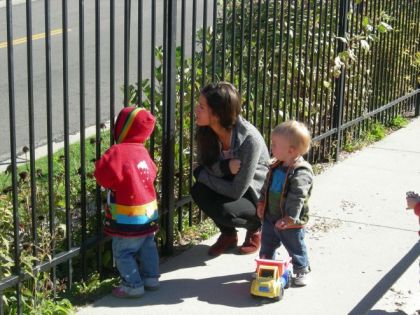
Along with choice goes responsibility. When you make a choice you own the choice because with choice goes the responsibility of fulfilling it. However, a great lesson to learn is that not all responsibilities are our choice but once given to us it is a wise choice to fulfill them.
Chores at home become part of this process of wise choice making. How do I choose to fulfill my responsibilities? Doing my work well, finishing on time and finishing thoroughly are key ingredients of lifetime success. In life we are often faced with situations that offer no real choice – paying taxes, stopping at red lights etc. Teaching your child to make wise choices (even when there is no choice) is to teach them to choose their attitude when faced with less than desirable choices. They can learn this if you let them practice at home.
Article written by Edward Fidellow
www.crossmountainpress.com
